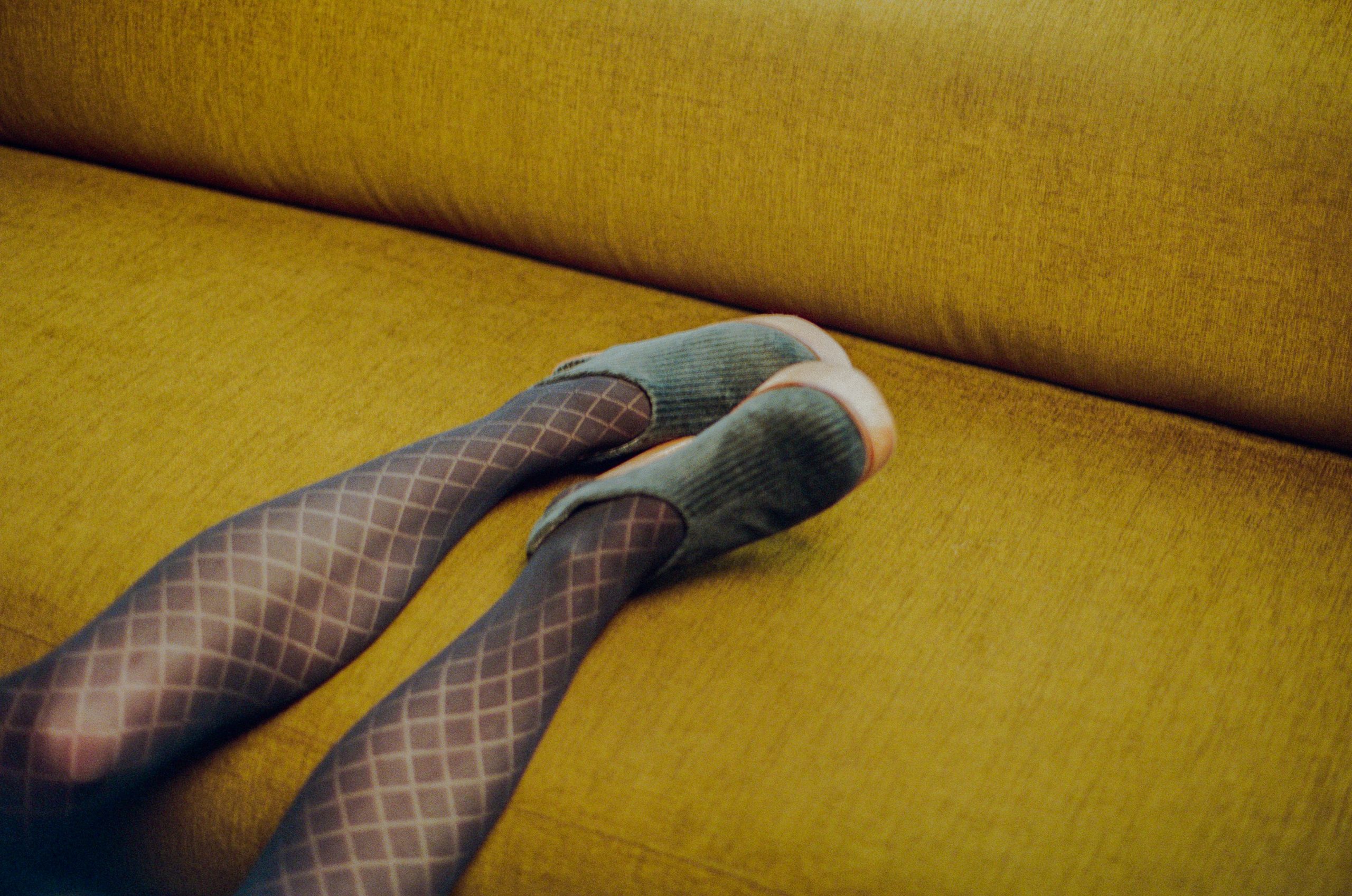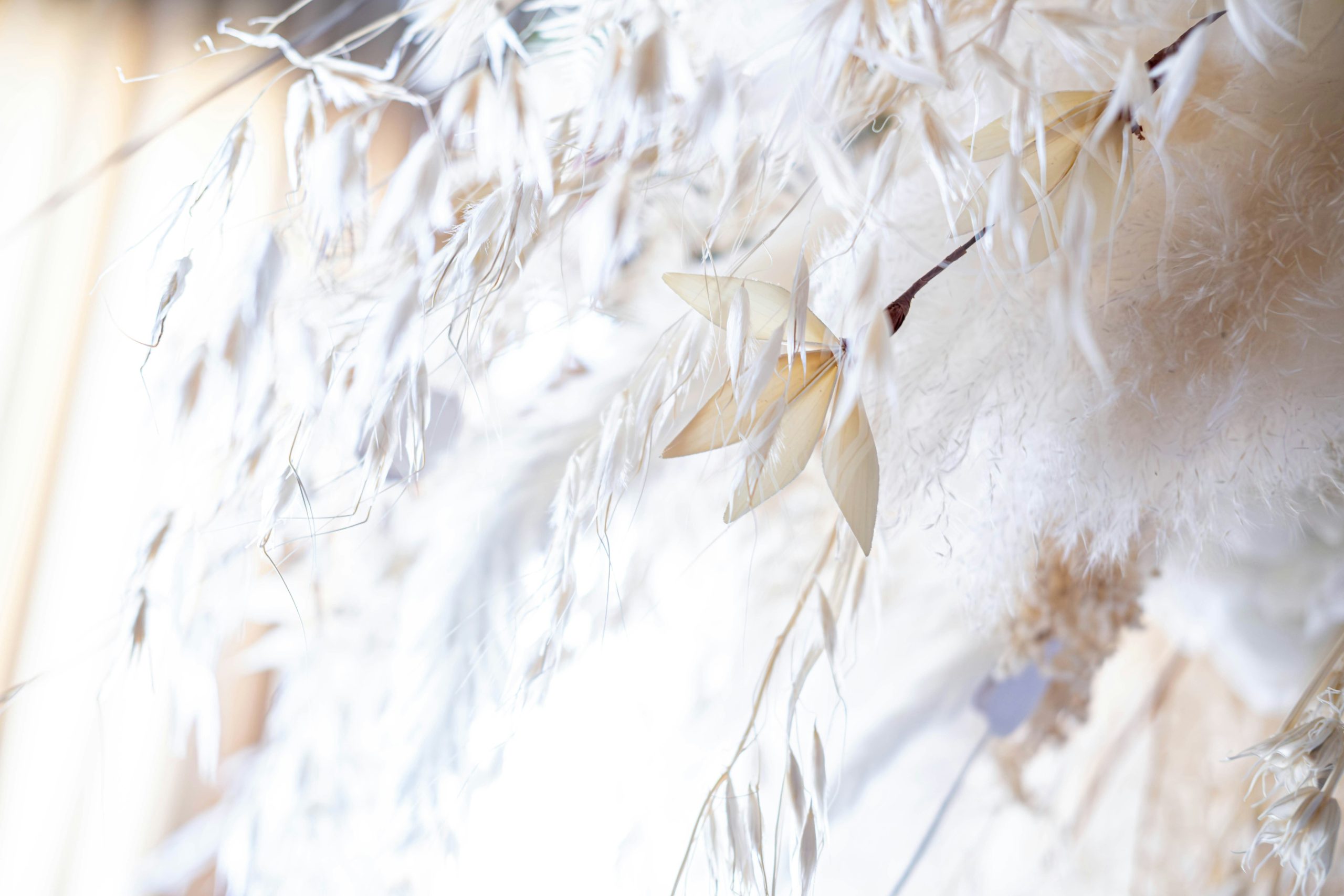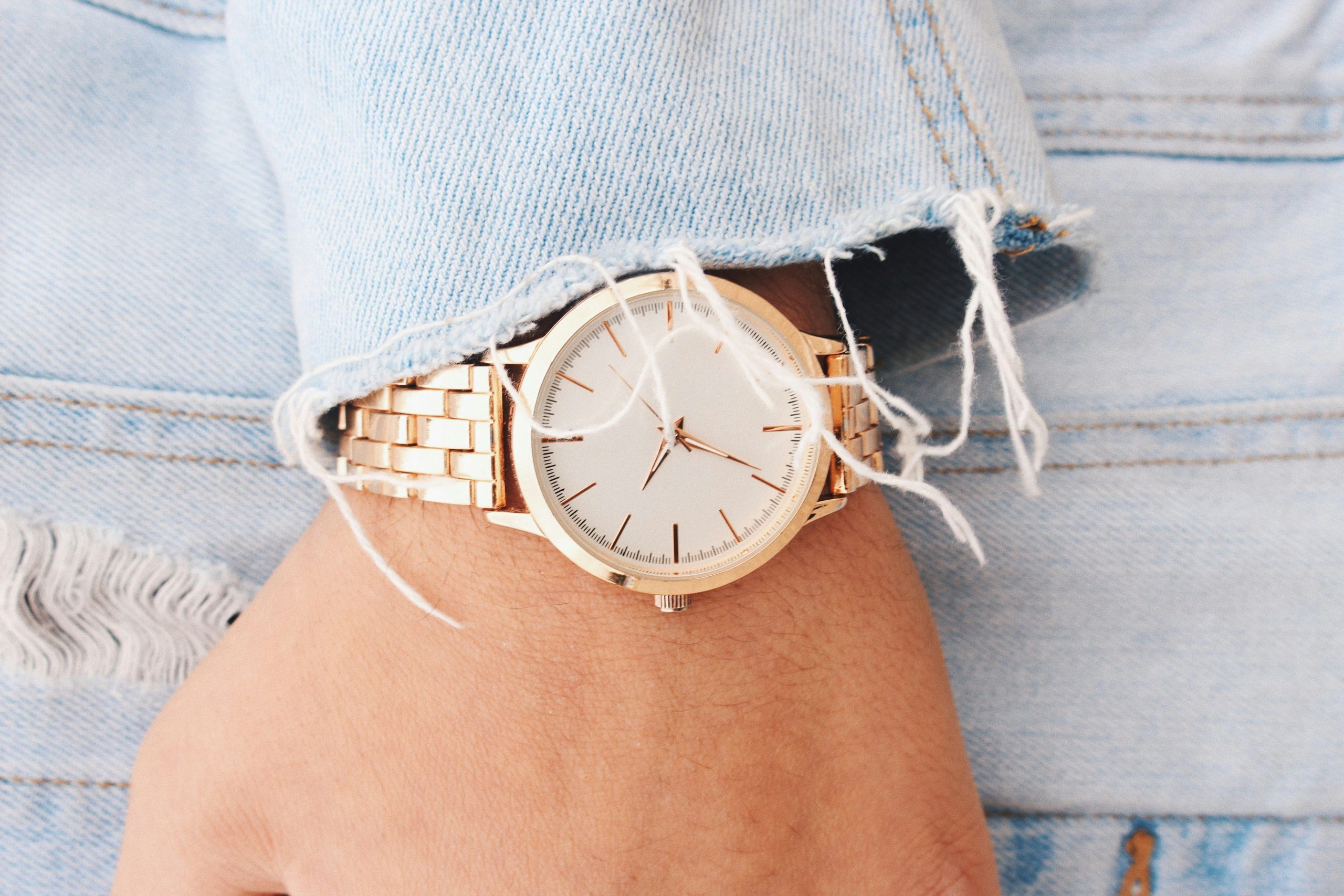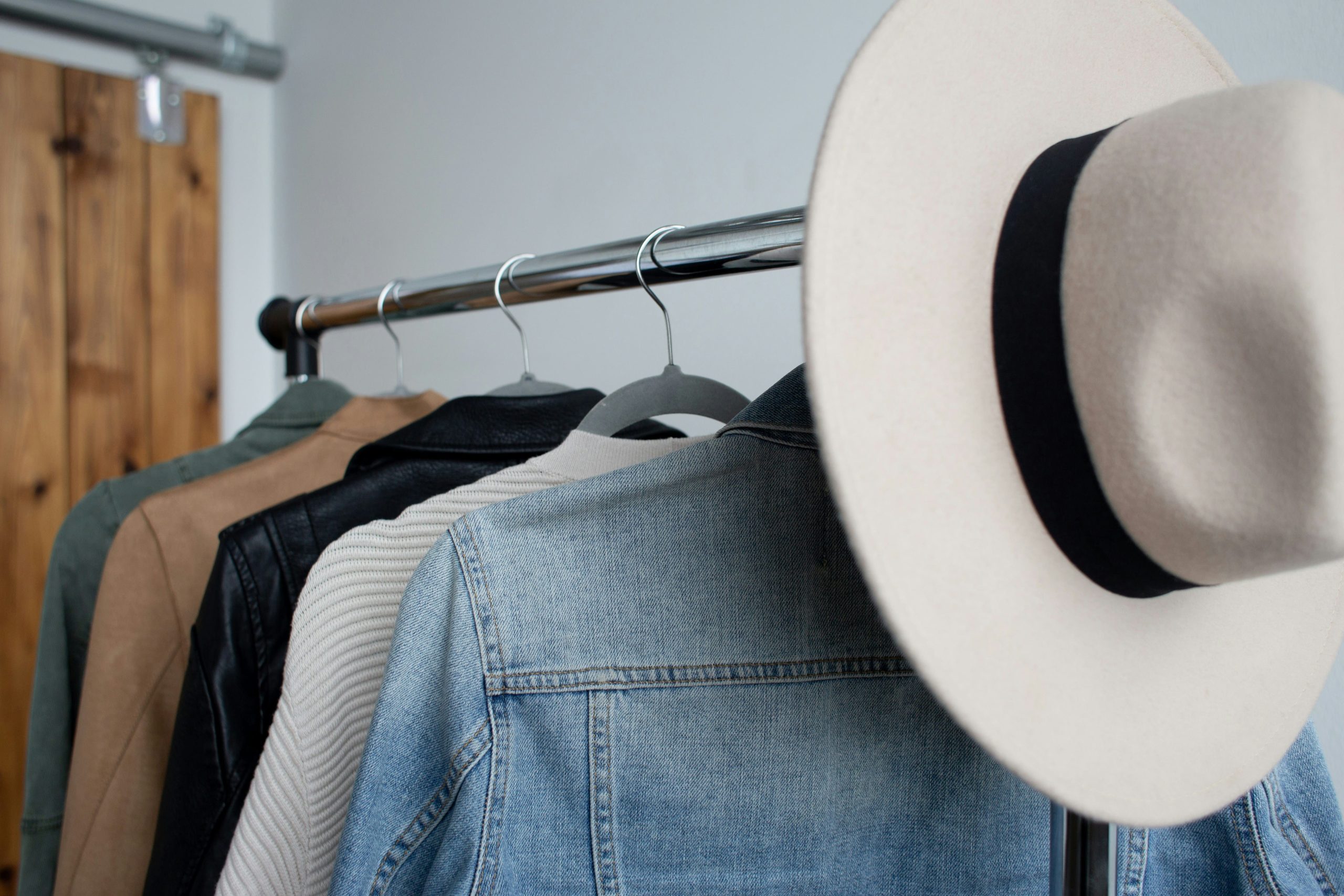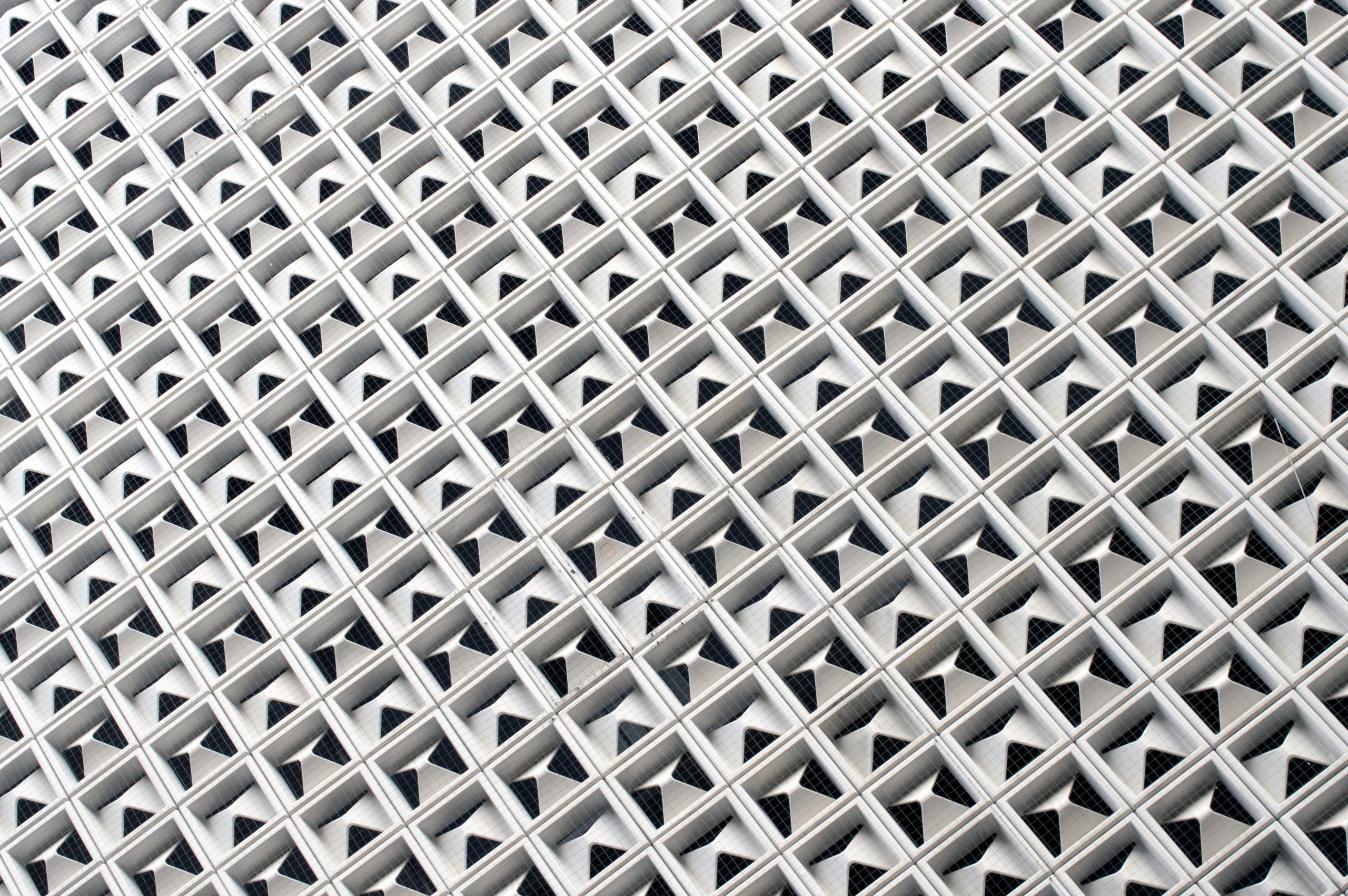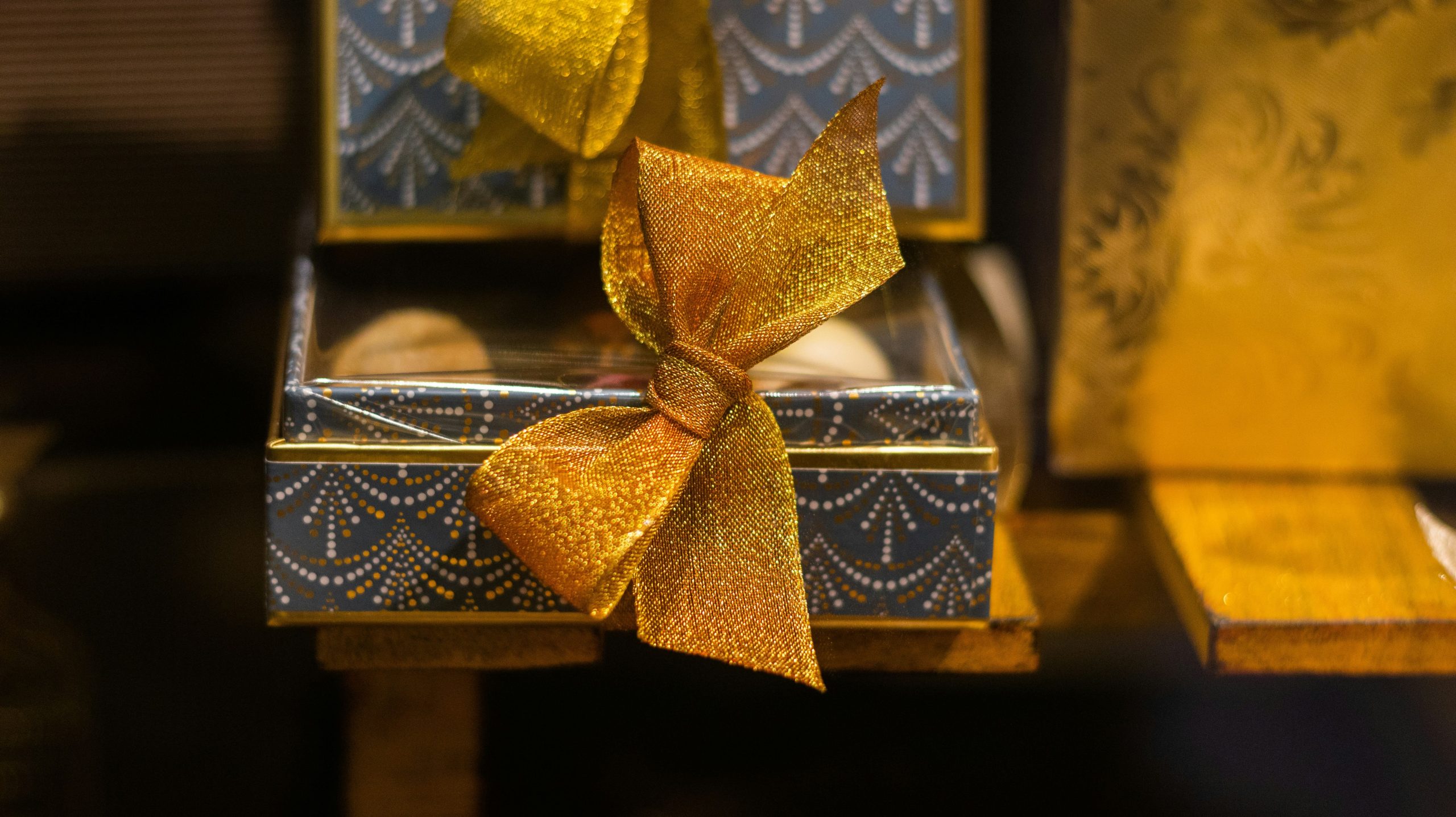You don’t need a luxury label or a trip to the artisan market to own a piece of jewelry that turns heads — you just need a little vision, a handful of humble materials, and the courage to create.
Statement jewelry isn’t just about sparkle — it’s about story. It’s wearable art, a bold whisper that says, this is me. And the best part? You can make it yourself, using items that might already be hiding in your junk drawer, kitchen cabinet, or craft box.
Let’s turn the everyday into the extraordinary — one DIY piece at a time.
Why Statement Jewelry?
Because it doesn’t ask for permission.
Because it transforms a simple outfit into a masterpiece.
Because it’s bold, brave, and beautifully you.
Whether you’re layering chains or building earrings from buttons, statement pieces are more than accessories — they’re amplifiers of personality.
Materials You Already Have (and Probably Overlook)
✨ Paperclips
✨ Scraps of fabric or ribbon
✨ Old keys, washers, bottle caps
✨ Beads from broken necklaces or bracelets
✨ Wire from unused cables or twist ties
✨ Buttons, safety pins, or even zipper pulls
✨ Bits of leather, denim, or lace
✨ Paint, nail polish, glitter, and glue
The idea isn’t to spend — it’s to see differently. Look at the things around you not as leftovers, but as ingredients for style.
Project 1: Paperclip Chain Necklace
Sleek, modern, and shockingly cool.
- Unbend paperclips into oval links
- Connect them into a long chain (spray-paint them gold, silver, or bold colors)
- Add a charm made from a key, old pendant, or geometric bead
- Close with a small clasp or ribbon tie
✨ Wear it over a plain tee or tuck it under a collared shirt for a high-fashion twist.
Project 2: Button Statement Earrings
Vintage meets funky flair.
- Choose two large, interesting buttons
- Hot-glue them to earring backs or clip-ons
- Add hanging details: chains, tassels, or tiny beads on thread
- Use nail polish to customize color or pattern
✨ Suddenly, your grandmother’s sewing kit becomes a treasure trove of wearable art.
Project 3: Fabric-Wrapped Bangle Bracelets
Soft, striking, and full of texture.
- Take an old plastic or wooden bracelet
- Wrap it in fabric scraps or ribbon, gluing as you go
- Layer with thread, beads, or charms
- Add a final clear coat for shine and durability
✨ Perfect for mixing colors and textures — no two are ever alike.
Project 4: Bold Collar from Recycled Denim
Yes — a necklace made from jeans.
- Cut the hem of an old pair of jeans into a wide strip
- Embellish with buttons, studs, lace, or hand-painted symbols
- Add ribbon or chain to the ends to create a tie or clasp
✨ It’s edgy, upcycled, and makes the perfect contrast with a delicate blouse.
Tips for Crafting Your Jewelry
- Balance boldness with wearability. If your necklace is loud, let your earrings whisper — and vice versa.
- Let imperfections speak. Handmade means human. Celebrate the rough edges and mismatched pieces.
- Use your instincts. If it looks right to you, it is right.
- Test durability. Use strong glue, secure knots, and solid backing if you plan to wear it often.
Style It Like It’s Couture
Pair your DIY jewelry with minimalist outfits to let it shine. Or layer pieces unapologetically — a chunky necklace over a patterned top, mix-matched earrings with a denim jacket, a wild cuff paired with a delicate ring. There are no rules — only expression.
And when someone asks where you got it?
You get to smile and say, I made it.
Final Sparkle
Statement jewelry isn’t about blending in. It’s about daring to wear something loud, something proud, something made with your own two hands and a wild dash of imagination.
So raid your drawers, pour out your forgotten trinkets, and see what treasures are waiting to be born.
Because style is not just worn — it’s created.

